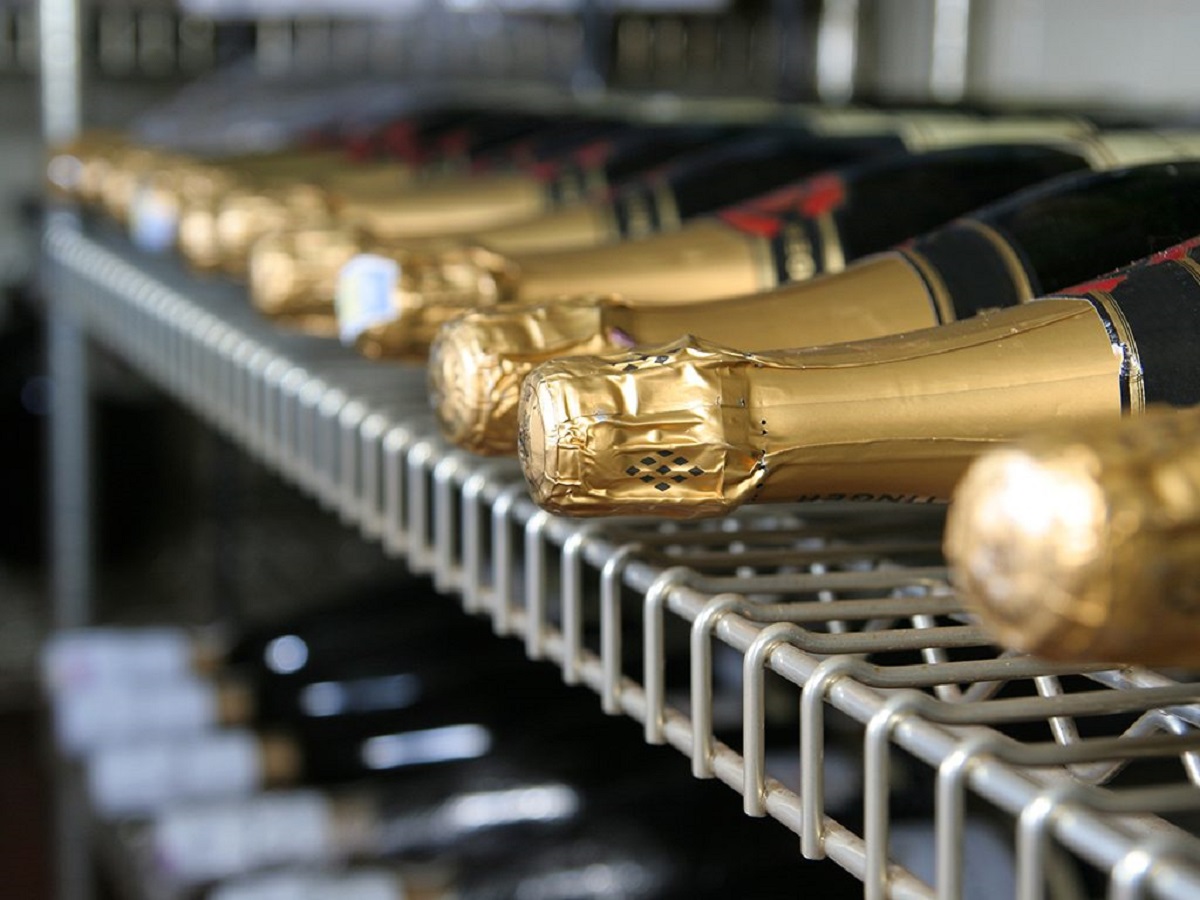

Articles
How To Store Champagne Properly
Modified: January 6, 2024
Discover the best methods and tips for storing champagne properly with our informative articles. Ensure your bubbly stays fresh and delicious for longer.
(Many of the links in this article redirect to a specific reviewed product. Your purchase of these products through affiliate links helps to generate commission for Storables.com, at no extra cost. Learn more)
Introduction
Welcome to the world of champagne! Whether you’re a seasoned champagne enthusiast or just beginning to explore the wonders of this sparkling elixir, it’s important to know the secrets of proper champagne storage. Champagne, with its delicate bubbles and complex flavors, requires special care to maintain its quality and freshness. In this article, we will delve into the importance of storing champagne correctly and explore the factors that can affect its taste and longevity.
Proper champagne storage involves more than just popping the cork and chilling the bottle. It requires attention to detail and an understanding of the optimal conditions needed to preserve its unique characteristics. When stored correctly, champagne can retain its freshness, effervescence, and flavor, ensuring that every sip offers a taste of luxury and celebration.
So why is proper champagne storage so important? Champagne is a delicate and nuanced beverage that can be affected by several factors, including temperature fluctuations, light exposure, humidity levels, and even the position in which the bottle is stored. Failure to address these factors can lead to degradation of the champagne’s quality, resulting in a less enjoyable drinking experience.
In the next section, we will explore the factors that can significantly impact the storage of champagne and should be taken into account when deciding on the perfect storage conditions. Understanding these factors will help you make informed decisions when it comes to storing your precious bottles of champagne.
Key Takeaways:
- Proper champagne storage is essential for maintaining flavor, carbonation, and investment value. Factors like temperature, light, and bottle positioning play a crucial role in preserving the quality of this exquisite beverage.
- Choosing the right storage location, controlling temperature and humidity, and avoiding vibrations are key to ensuring champagne remains fresh, flavorful, and ready for any special occasion. Cheers to properly stored champagne, ready to be enjoyed in all its effervescent splendor!
Read more: How To Store Champagne
Why Proper Champagne Storage is Important
Proper champagne storage is vital to preserving the quality and taste of this exquisite beverage. Here are a few reasons why it is important to pay attention to how you store your champagne:
- Maintaining flavor and freshness: Champagne is known for its unique taste profile, which encompasses a delicate balance of flavors and aromas. Proper storage ensures that these characteristics are preserved, allowing you to fully enjoy the nuances of the champagne.
- Preserving carbonation: One of the key features of champagne is its effervescence, created by the carbon dioxide trapped within the bottle. Improper storage can lead to a loss of carbonation and reduced fizziness, resulting in a flat and lackluster drink.
- Avoiding premature aging: Champagne is a wine that continues to evolve and develop over time. However, premature aging caused by improper storage can result in a loss of freshness and vibrancy, diminishing the complexity and depth of the champagne.
- Protecting from oxidation: Oxygen is champagne’s worst enemy, causing it to lose its freshness and develop off-flavors. Proper storage minimizes oxygen exposure, ensuring that your champagne maintains its crispness and integrity.
- Preserving investment value: Champagne can be a significant investment, especially when it comes to rare and vintage bottles. Proper storage not only maintains the quality of the champagne but also helps preserve its value, ensuring that your investment remains intact.
By paying attention to the storage conditions of your champagne, you can enhance your drinking experience and savor the fizz, aroma, and flavors that make champagne so beloved. Understanding the factors that can affect champagne storage is crucial to ensuring that every bottle is enjoyed at its best.
Factors Affecting Champagne Storage
When it comes to properly storing champagne, there are several key factors to consider. Understanding these factors will help you create the ideal environment for preserving the quality and taste of your champagne. Let’s explore the main factors that can impact champagne storage:
- Temperature: Champagne is highly sensitive to temperature fluctuations. Extreme heat or cold can damage the delicate balance of flavors and aromas, and ultimately ruin the wine. It is essential to store champagne in a cool, stable environment, with a recommended temperature range of 45°F to 55°F (7°C to 13°C).
- Light: Champagne is also susceptible to light damage, particularly from direct sunlight and UV rays. Exposure to light can lead to premature aging and even cause the champagne to develop unpleasant odors and flavors. It is advisable to store champagne in a dark or dimly lit area to protect it from light damage.
- Humidity: Humidity levels can impact the condition of the cork and the overall aging process of champagne. High humidity can cause the cork to mold or deteriorate, leading to potential leakage and air exposure. On the other hand, low humidity can dry out the cork and allow unwanted oxygen to enter the bottle. The ideal humidity range for champagne storage is between 70% and 80%.
- Bottle Position: The position in which champagne is stored plays a crucial role in preventing the cork from drying out. Ideally, champagne bottles should be stored horizontally or at a slight angle, allowing the wine to keep the cork moist and ensuring a proper seal. This helps to maintain the freshness and prevent premature oxidation.
- Vibrations: Champagne is delicate and can be easily agitated by vibrations. Avoid storing champagne near appliances, heavy traffic areas, or other sources of constant movement. Vibrations can disturb the sediment in the bottle and affect the aging process, potentially altering the flavor and texture of the wine.
By understanding and addressing these factors, you can provide the optimal storage conditions for your champagne collection. Now that we know what factors to consider when storing champagne, let’s move on to explore the best location for champagne storage in the next section.
Choosing the Right Storage Location
Now that we understand the factors that can affect champagne storage, let’s discuss the ideal location for storing your precious bottles of champagne. Selecting the right storage location is essential to ensure the longevity and quality of your champagne collection. Here are some factors to consider when choosing the perfect storage location:
- Dark and cool: Champagne should be stored in a dark and cool environment to protect it from light damage and temperature fluctuations. Avoid areas that are exposed to direct sunlight or sources of heat such as radiators or ovens.
- Stable temperature: It is crucial to select a storage location with a stable temperature. Fluctuations in temperature can have a negative impact on the quality and taste of the champagne. Avoid areas that experience significant temperature changes, such as attics or garages.
- Low humidity: While humidity levels should not be too low, it is important to avoid areas with excessive humidity, as this can lead to mold growth and cork deterioration. Aim for a storage location with a relative humidity of around 70% to 80%.
- Free from vibrations: Vibrations can disturb the sediment in champagne bottles and affect the aging process. Choose a storage location that is free from constant vibrations, such as basements or dedicated wine storage units.
- Secure and undisturbed: Champagne should be stored in a location where it won’t be easily disturbed. Avoid areas with heavy foot traffic or where it is prone to accidental bumps or knocks. A secure and undisturbed storage location will ensure that your champagne bottles remain safe and intact.
When considering the storage location, it’s also essential to think about the size of your champagne collection. If you have a large collection, you may want to invest in a wine cellar or dedicated wine storage facility. These controlled environments provide optimal conditions for long-term champagne storage.
If you have a smaller collection, you can explore options such as a cool, dark closet or a specially designated storage area in your home. Just make sure to follow the guidelines mentioned above to create the best storage conditions for your champagne.
By selecting the right storage location, you can ensure that your champagne remains in pristine condition, ready to be enjoyed for future celebrations or special occasions. In the next section, we will dive into the specifics of temperature control and maintenance when storing champagne.
Temperature Control and Maintenance
Proper temperature control is paramount when it comes to storing champagne. Maintaining a consistent temperature is essential to preserve the integrity and flavor of the wine. Here are some key considerations for temperature control and maintenance:
- Choosing the optimal temperature: Champagne should ideally be stored at a temperature between 45°F and 55°F (7°C to 13°C). This range ensures that the wine remains cool enough to slow down the aging process, but not too cold to affect the taste and quality.
- Avoiding temperature fluctuations: Sudden and extreme temperature changes can have a detrimental impact on champagne. It is crucial to store the bottles in a location where the temperature remains stable. Avoid exposing the champagne to areas with frequent temperature fluctuations, such as near heating or cooling vents.
- Temperature monitoring: Invest in a thermometer to regularly monitor the storage temperature. This will help you ensure that the ideal temperature range is maintained consistently. Make it a routine to check the temperature periodically to catch any fluctuations and address them immediately.
- Cooling mechanisms: If you have a substantial champagne collection or live in an area with inconsistent temperatures, you may consider investing in a wine fridge or cellar. These specialized storage solutions feature temperature controls that allow you to maintain the ideal conditions for long-term champagne storage.
- Consistent storage: Once you find the ideal location and temperature for your champagne storage, try to keep the bottles in that place for as long as possible. Moving the bottles frequently can cause temperature fluctuations and disturb the sediment, negatively impacting the taste and quality of the champagne.
Additionally, it is worth noting that if you plan to serve the champagne, you should allow it to acclimate to the appropriate serving temperature before opening the bottle. This usually involves transferring the bottle to a refrigerator for a few hours before serving, depending on the desired temperature range.
By implementing proper temperature control and maintenance practices, you can ensure that your champagne remains in optimal condition, allowing you to enjoy its delightful flavors and effervescence with every sip. In the next section, we will explore the impact of light exposure on champagne storage.
Read more: How To Store Leftover Champagne
Managing Light Exposure
Light exposure can have a significant impact on the quality and longevity of champagne. UV rays from sunlight or artificial light sources can degrade the wine, leading to unpleasant odor and flavor changes. To protect your champagne from light damage, it’s crucial to manage light exposure effectively. Here are some tips:
- Store in a dark location: The best way to prevent light damage is to store champagne in a dark location. Choose a storage area that is shielded from sunlight and doesn’t have direct exposure to artificial light sources, such as fluorescent bulbs.
- Avoid transparent containers: If you use display racks or storage containers for your champagne, make sure they are opaque or have UV-blocking properties. Transparent containers can allow light to penetrate and affect the wine over time.
- Curtains or blinds: If your storage area has windows or glass doors, consider covering them with curtains, blinds, or UV-filtering films. These measures can help reduce the amount of light that reaches the bottles and protect them from potential damage.
- LED lighting: If you prefer to have some light in your storage area for visibility, opt for LED lighting. LED lights emit very little UV radiation, making them a safer choice for illuminating your champagne collection.
- Short-term exposure: While long-term exposure to light is harmful, brief exposure to light during transportation or short-term display is unlikely to cause significant damage. However, it’s still best to minimize exposure and promptly return the bottles to a dark storage area as soon as possible.
By effectively managing light exposure, you can protect your champagne from deterioration and preserve its freshness and flavors. Remember, a dark and controlled environment is key to ensuring the longevity and quality of your champagne collection.
Next, we will delve into the importance of controlling humidity levels in champagne storage and the recommended humidity range to maintain.
Store champagne in a cool, dark place away from direct sunlight and temperature fluctuations. Keep the bottle lying down to keep the cork moist and prevent it from drying out. Avoid storing it in the fridge for long periods as the vibration can affect the flavor.
Controlling Humidity Levels
Humidity levels play a crucial role in champagne storage as they can impact the condition of the cork and the overall aging process of the wine. It’s essential to control humidity levels to ensure the longevity and quality of your champagne collection. Here’s how you can effectively manage humidity:
- Optimal humidity range: The ideal humidity range for champagne storage is between 70% and 80%. This level of humidity helps keep the cork moist, preventing it from drying out and maintaining a tight seal. It also allows the wine to age gracefully by preventing excessive evaporation.
- Humidity monitoring: Use a hygrometer to regularly monitor the humidity levels in your storage area. This device measures the moisture content in the air and helps you ensure that it falls within the recommended range. Check the hygrometer periodically to make any necessary adjustments to maintain the desired humidity level.
- Maintain a stable environment: Fluctuations in humidity can be detrimental to your champagne. Avoid sudden changes in humidity levels by selecting a storage area that has a stable climate. Extremes in humidity can cause damage to the corks and compromise the quality of the wine.
- Humidifiers or dehumidifiers: If you live in an environment with high humidity levels, you may need to use a dehumidifier to reduce moisture in the air. Conversely, if the environment is too dry, consider using a humidifier to increase humidity. This will help you maintain the optimal humidity range for champagne storage.
- Proper ventilation: Good air circulation is essential in preventing mold growth in your storage area. Ensure that there is proper ventilation to prevent stagnant air and moisture buildup, which can lead to mold on the corks and labels.
By controlling humidity levels, you can protect the cork and ensure that your champagne ages gracefully. Remember, maintaining the right humidity is as important as controlling temperature and light exposure for proper champagne storage.
In the next section, we will discuss the importance of the proper positioning of champagne bottles to ensure the integrity of the wine and its carbonation.
Proper Bottle Positioning
The positioning of champagne bottles during storage is crucial to maintaining the integrity of the wine. Proper bottle positioning helps ensure that the cork stays moist, prevents leakage, and preserves the carbonation. Here are some key points to consider when it comes to bottle positioning:
- Horizontal storage: Storing champagne bottles horizontally or at a slight angle is the recommended position. This position keeps the cork in contact with the wine, which helps to keep it moist and prevents it from drying out. An intact and hydrated cork forms a tight seal, protecting the champagne from oxygen and potential spoilage.
- Avoiding upright storage: Storing champagne bottles upright is not ideal as it allows the cork to dry out. When the cork becomes dry, it can shrink, leading to the risk of air exposure and potential oxidation of the wine. Avoid upright storage whenever possible to maintain the freshness and quality of the champagne.
- Rotating dated bottles: If you have a collection of vintage or aged champagne with sediment at the bottom of the bottle, it is advisable to occasionally rotate the bottles gently. This helps keep the sediment in suspension and prevents it from settling in one spot, which could impact the flavor and texture of the champagne when poured.
- Minimizing movement: While it’s important to occasionally rotate bottles with sediment, excessive movement or agitation should be avoided. Vibrations and sudden movements can disturb the sediment and affect the aging process, potentially altering the taste and texture of the wine. Keep the bottles in a stable location to minimize unnecessary movement.
Proper bottle positioning helps maintain the quality and longevity of champagne. By storing your bottles horizontally or at a slight angle, you can ensure that the cork remains in contact with the wine, maintaining a proper seal and preserving the integrity of the wine within. This positioning also helps to retain the carbonation, ensuring a delightful, effervescent experience with every pour.
Now that we understand the significance of bottle positioning, it’s time to dive into the importance of avoiding vibrations and agitation during champagne storage, which we will explore in the next section.
Avoiding Vibrations or Agitation
Champagne is a delicate wine that can be easily agitated by vibrations, leading to potential quality issues. It’s important to store your champagne bottles in a location where they are not subjected to excessive movement or vibrations. Here’s why you should avoid vibrations and agitation during champagne storage:
- Sediment disturbance: Champagne may contain sediment, especially in vintage or aged bottles. Vibrations can disturb the sediment, causing it to mix with the wine and potentially affecting the taste and clarity when poured. Keeping the bottles still helps prevent unwanted disturbance of the sediment.
- Pressure build-up: Agitation or excessive movement can increase the pressure inside the bottle, leading to the unwanted loss of carbonation. Champagne’s bubbles and effervescence are a crucial part of its character, and preserving them enhances the overall drinking experience. Minimizing vibrations helps retain the pressure and keeps the champagne lively.
- Prolonged agitation: Continuous vibrations or agitation can lead to premature aging of champagne. The constant movement can accelerate the chemical reactions that take place within the wine, causing it to deteriorate and lose its freshness and flavor. It’s important to keep the bottles in a stable, undisturbed position to maintain the quality over time.
- Storage source: Consider the location of your champagne storage, keeping in mind sources of potential vibrations. Avoid storing champagne near appliances, heavy traffic areas, or areas prone to excessive movement. Choose a quiet and secure spot to ensure minimal vibrations and agitation.
By storing your champagne bottles in a location where they are free from vibrations and agitation, you can protect the wine from unnecessary disturbance and maintain its quality and carbonation. This allows you to enjoy the full sensory experience that champagne offers, from the delicate bubbles to the exquisite flavors.
In the next section, we will discuss the importance of monitoring storage conditions to ensure that your champagne is kept in the best possible environment.
Read more: How To Store Champagne Unopened
Monitoring Storage Conditions
Monitoring the storage conditions of your champagne is essential to ensure that the wine remains in optimal condition. By regularly checking and assessing the storage environment, you can make necessary adjustments and address any potential issues that may arise. Here’s why monitoring storage conditions is important:
- Temperature fluctuations: Keep an eye on the temperature in your storage area to ensure it remains within the recommended range. Fluctuations in temperature can affect the flavor, carbonation, and overall quality of the champagne. Regular temperature monitoring allows you to identify any deviations and take corrective measures if needed.
- Light exposure: Monitor the level of light exposure in your storage area. Take note of any areas where sunlight or artificial light sources may be reaching your champagne bottles. Excessive light exposure can lead to light damage and spoilage of the wine. Regular checks help you identify and rectify any potential light-related issues.
- Humidity levels: Regularly assess the humidity levels in your storage space to ensure they fall within the recommended range. High humidity can invite mold growth and damage the corks, while low humidity can lead to dry corks and potential oxygen exposure. Monitoring humidity allows you to maintain the optimal conditions for your champagne collection.
- Bottle condition: While monitoring the storage conditions, it’s also essential to inspect the bottles themselves. Check for any signs of leakage, broken or damaged corks, or unusual odors. Regularly assessing the bottle condition helps you catch any potential issues early on and take appropriate action to preserve the quality of the champagne.
- Record-keeping: Consider keeping a record of the monitoring process, noting down the temperature, light exposure, humidity levels, and any observations or adjustments made. This helps create a history of the storage conditions and enables you to track changes over time. It also serves as a reference point for future maintenance and management of your champagne collection.
Regular monitoring of storage conditions is an important aspect of champagne storage. It allows you to maintain the ideal environment for your champagne, ensuring that it stays fresh, flavorful, and ready to be enjoyed for special occasions.
Now that we understand the significance of monitoring storage conditions, let’s move on to the concluding section to summarize the key points of proper champagne storage.
Conclusion
Proper champagne storage is not only important, but also essential to maintain the quality, flavor, and effervescence of this luxurious beverage. By paying attention to the factors that can impact champagne storage and implementing the necessary measures, you can ensure that every sip of champagne offers a delightful and memorable experience.
We explored the various factors that can affect champagne storage, including temperature, light exposure, humidity levels, bottle positioning, vibrations, and agitation. By understanding these factors and taking steps to address them, you can create an ideal storage environment for your champagne collection.
Choosing the right storage location is crucial, as it sets the foundation for proper champagne storage. Opt for a dark, cool, and stable environment, free from excessive light exposure and vibrations. Consider investing in specialized storage solutions such as wine fridges or cellars for larger collections, or designate a cool, dark area in your home for smaller collections.
Monitoring and controlling temperature, light exposure, humidity levels, and avoiding vibrations and agitation are key practices in champagne storage. Regularly check and adjust these factors as needed to maintain optimal storage conditions for your champagne.
Remember to store your champagne bottles horizontally or at a slight angle to keep the cork moist and maintain the carbonation. Avoid upright storage, which can cause the cork to dry out and potentially lead to oxidation.
By implementing these practices and maintaining a consistent storage environment, you can ensure that your precious bottles of champagne age gracefully, retaining their pristine qualities for future celebrations and special moments.
Cheers to properly stored champagne, ready to be enjoyed in all its effervescent splendor!
Frequently Asked Questions about How To Store Champagne Properly
Was this page helpful?
At Storables.com, we guarantee accurate and reliable information. Our content, validated by Expert Board Contributors, is crafted following stringent Editorial Policies. We're committed to providing you with well-researched, expert-backed insights for all your informational needs.
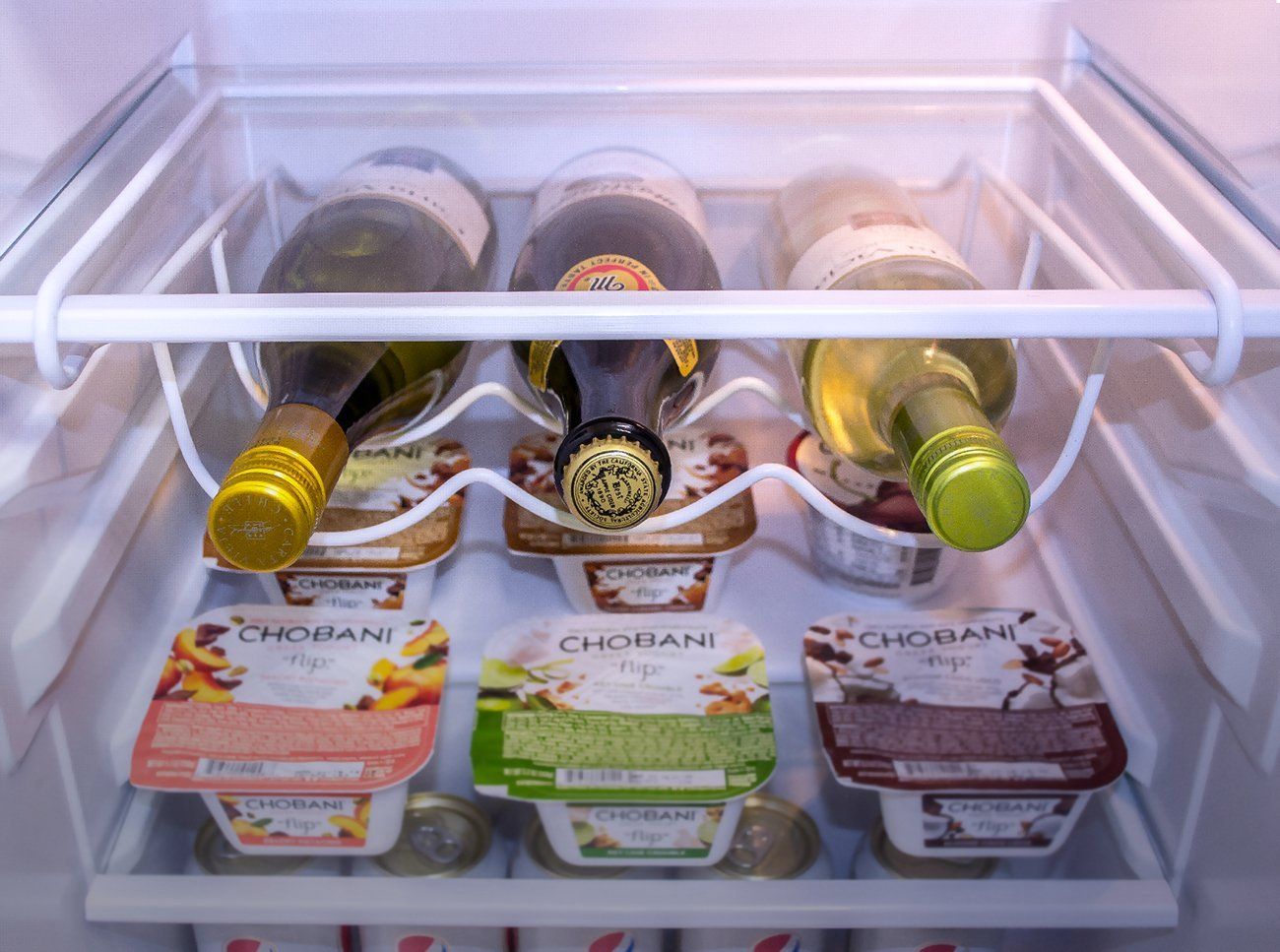
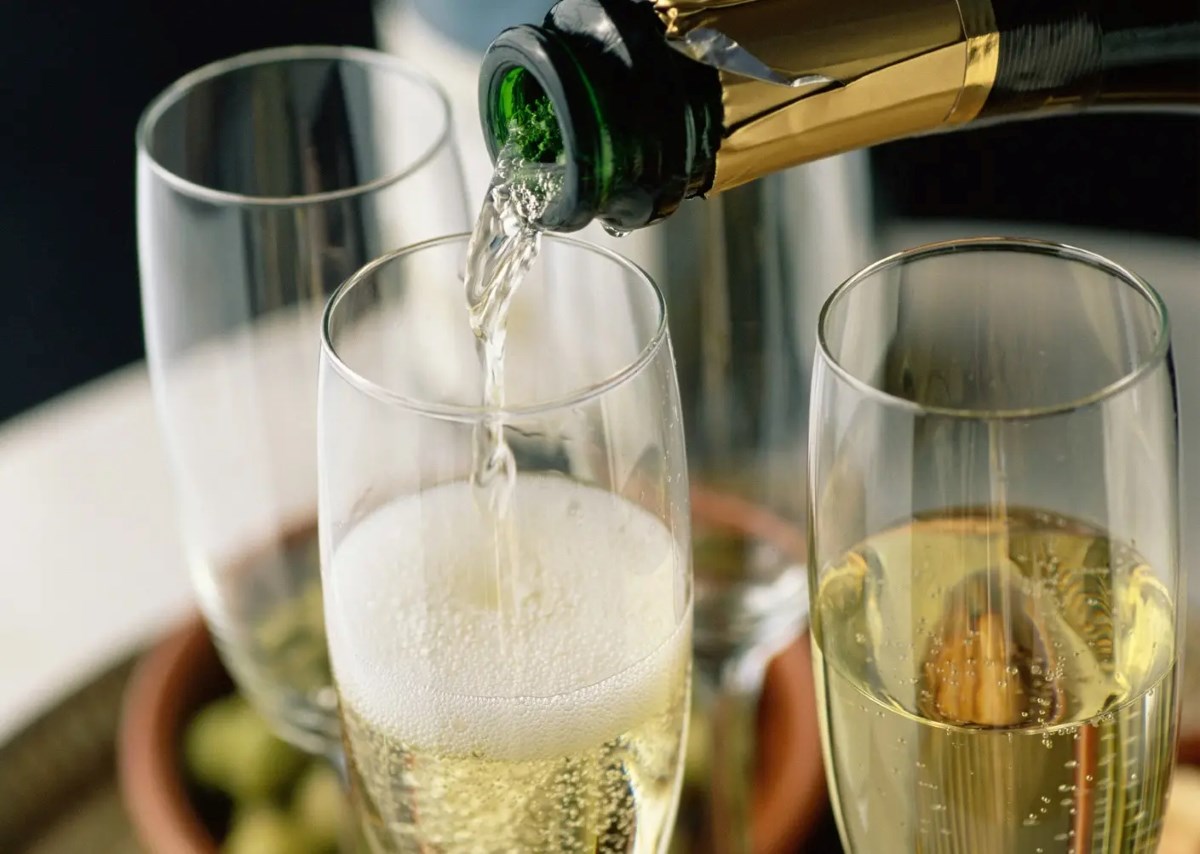
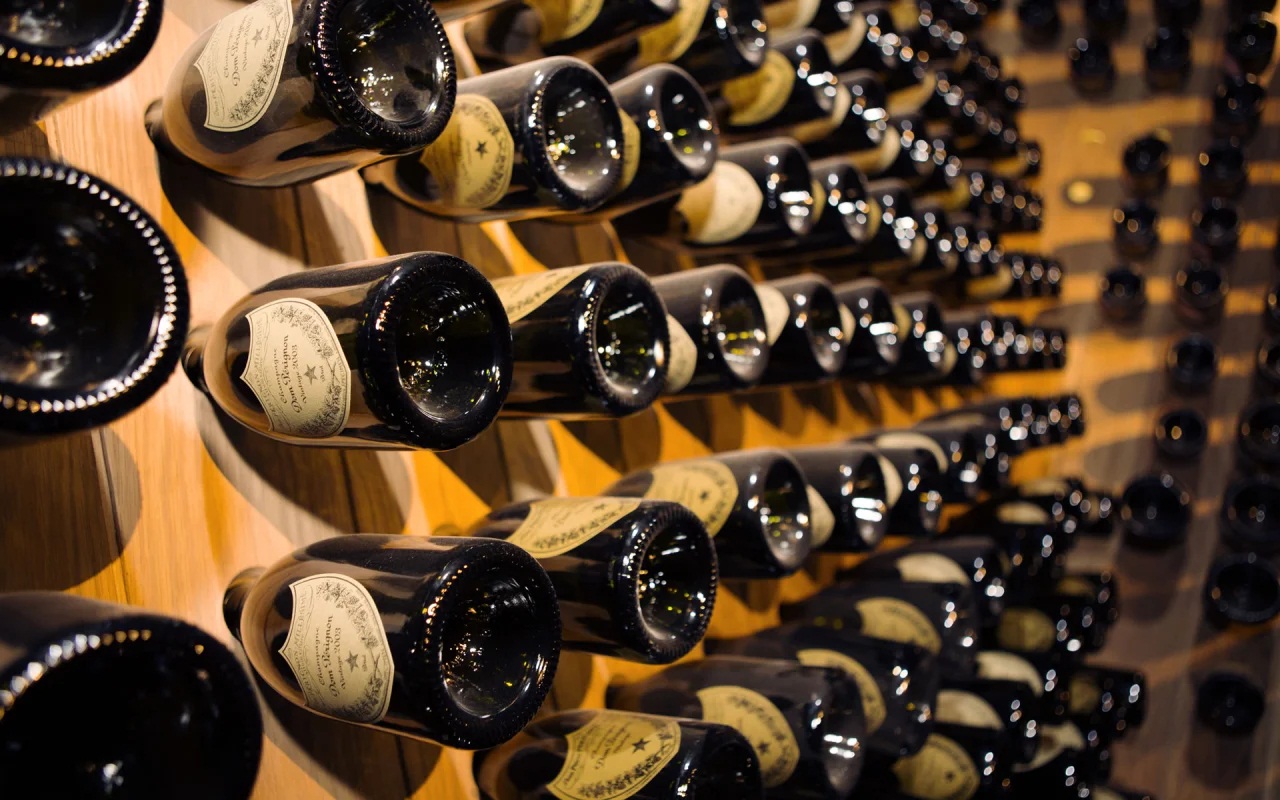
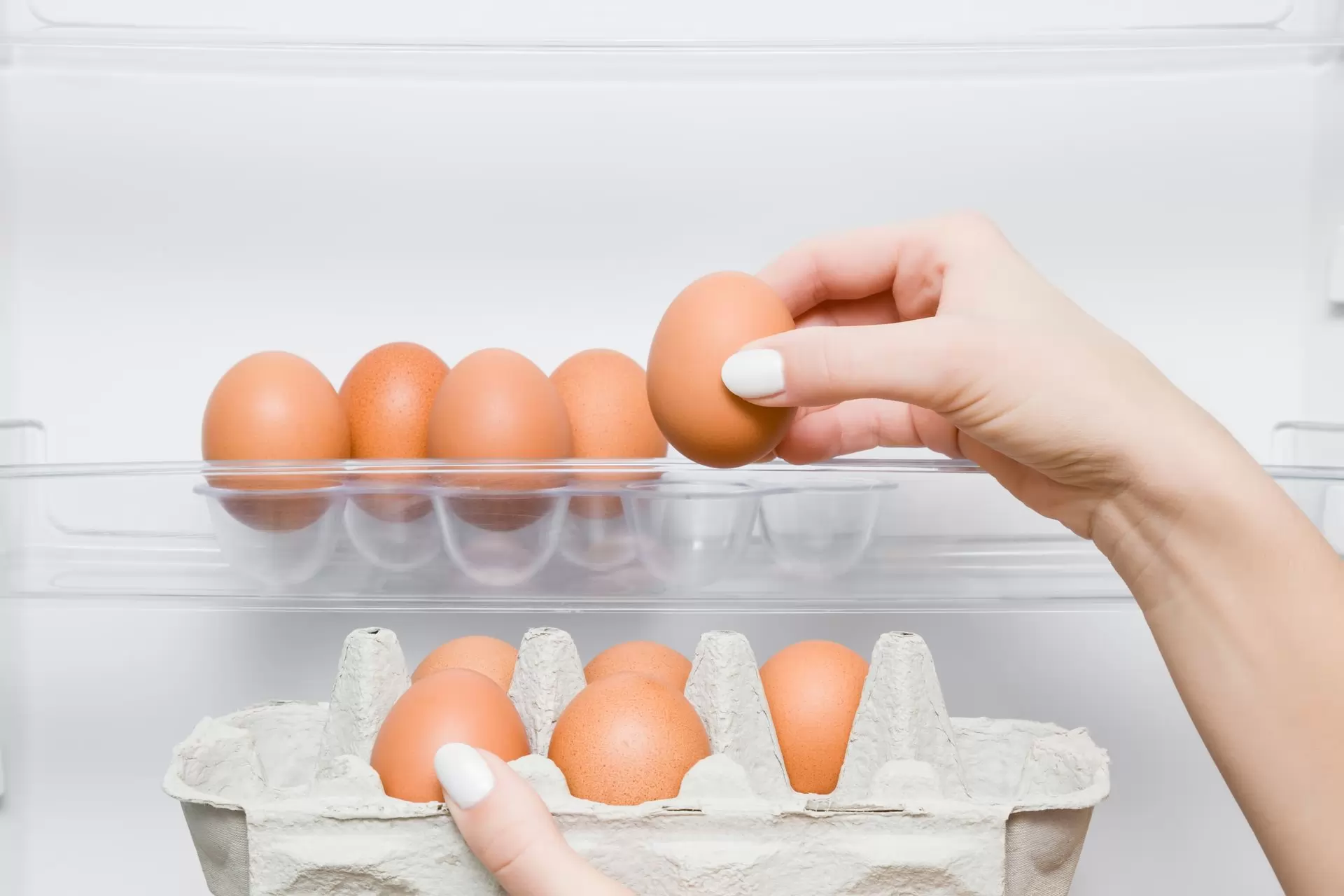
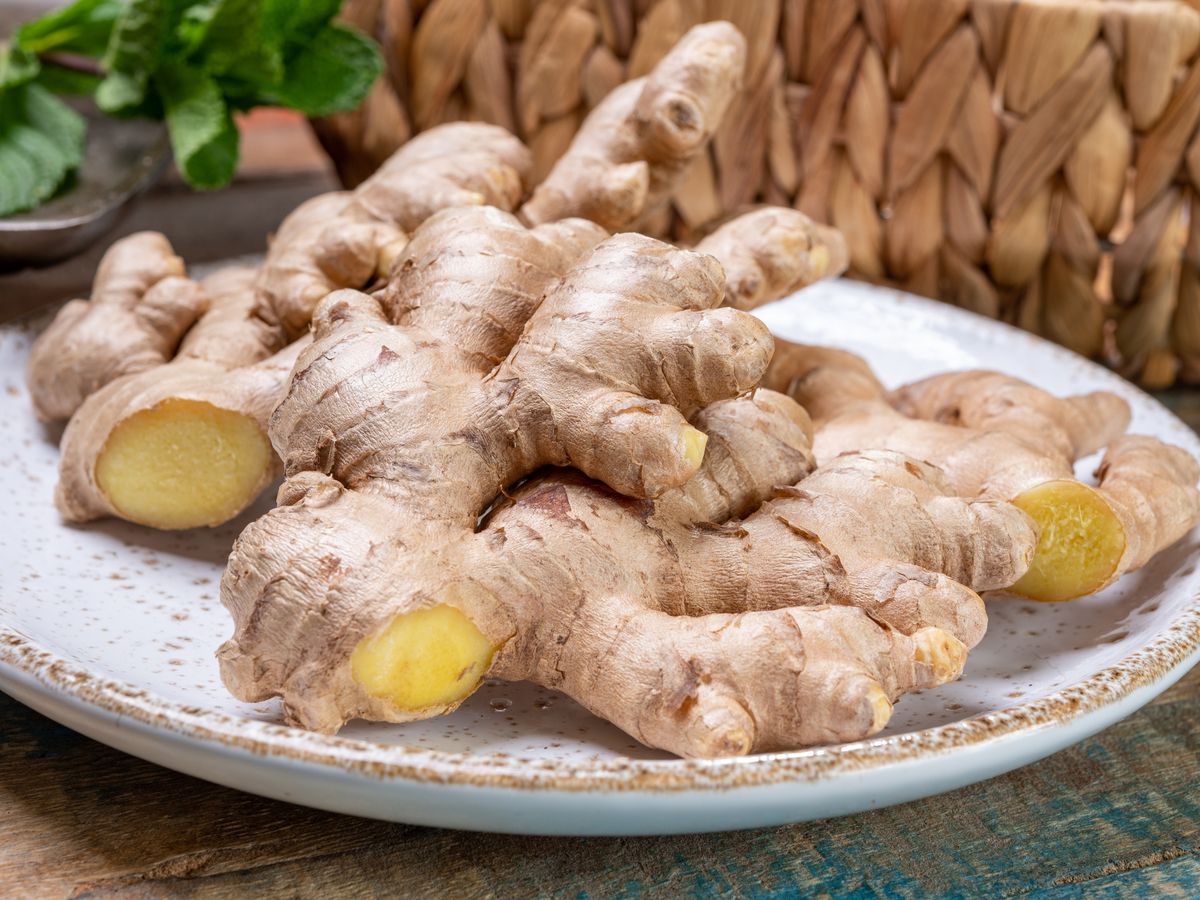
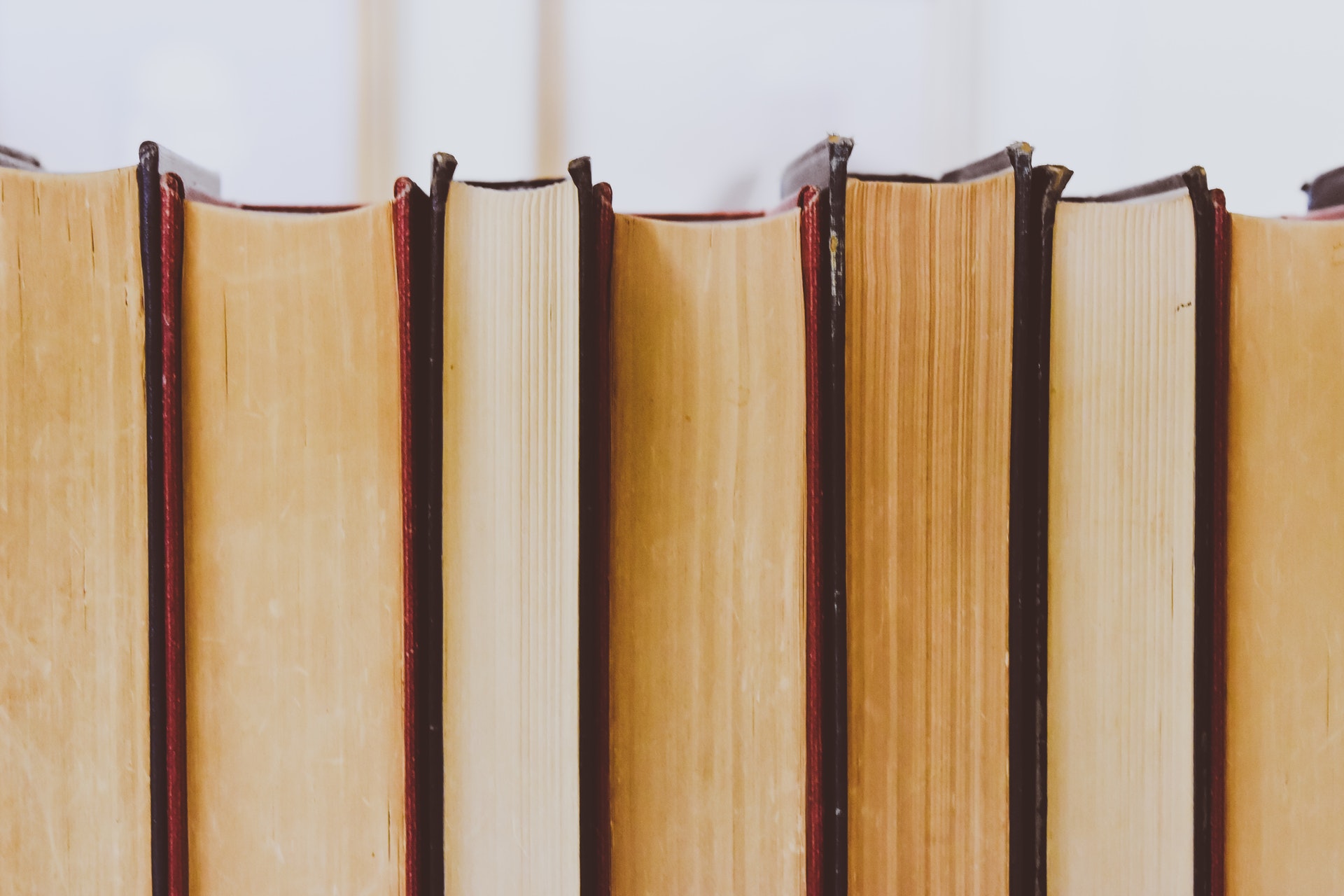
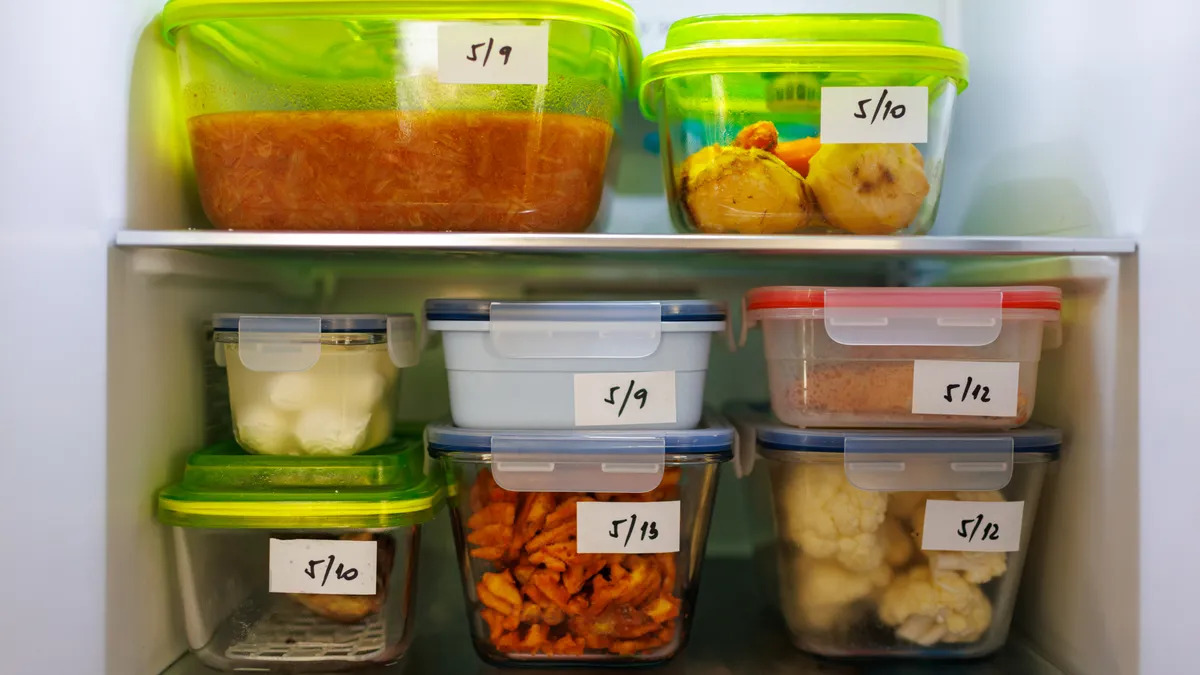
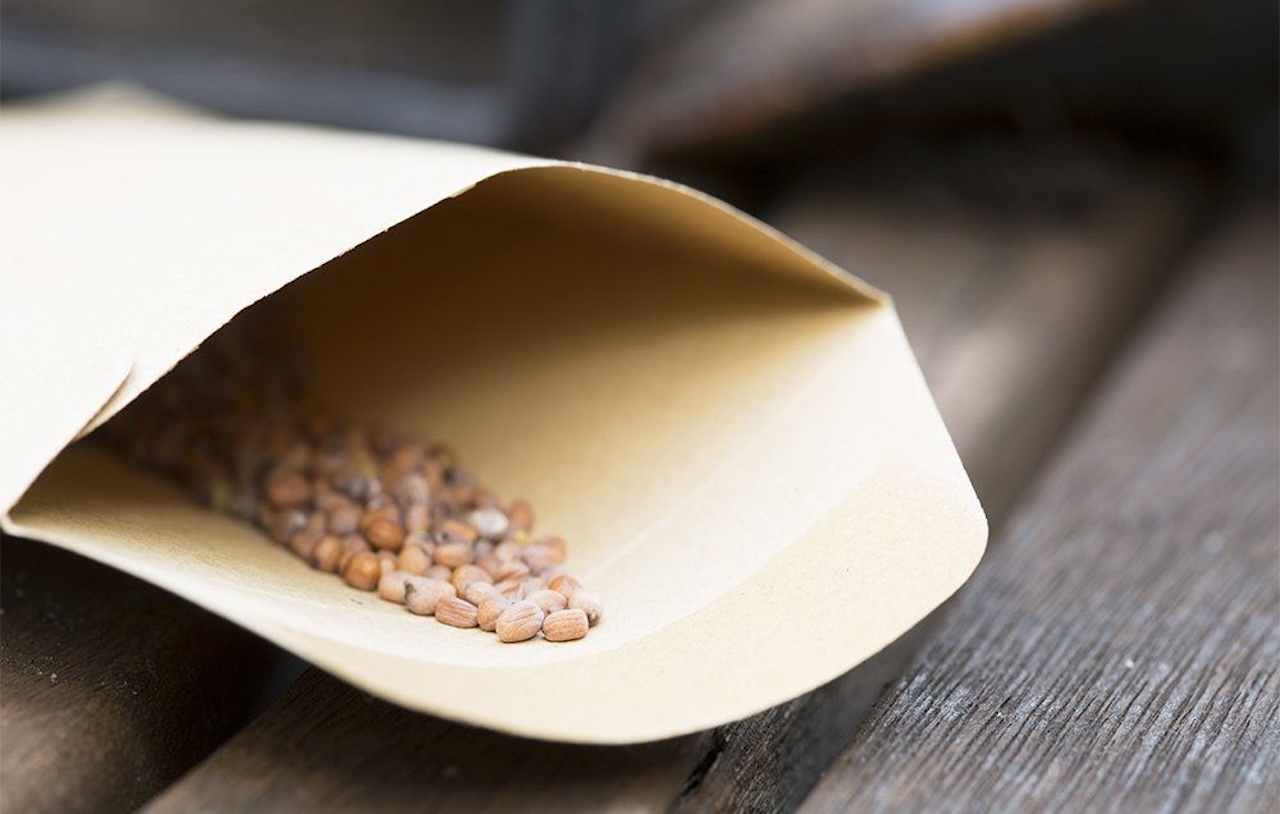
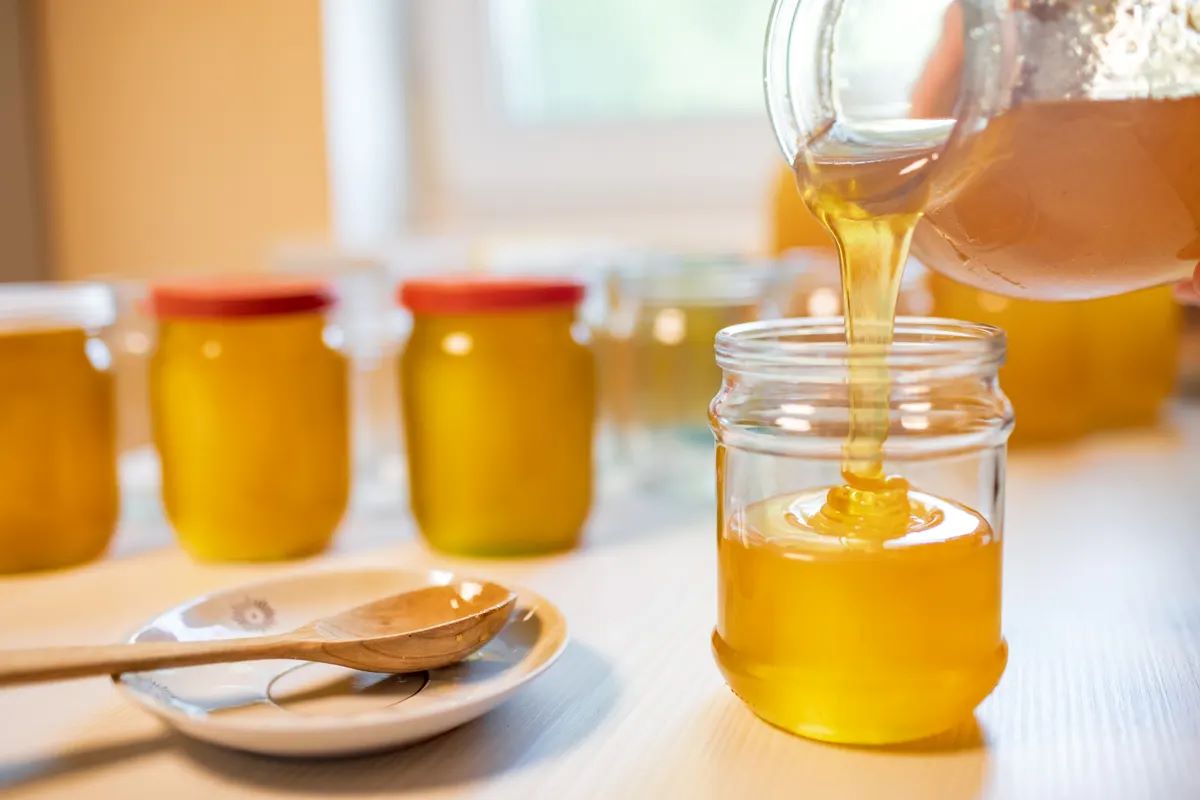
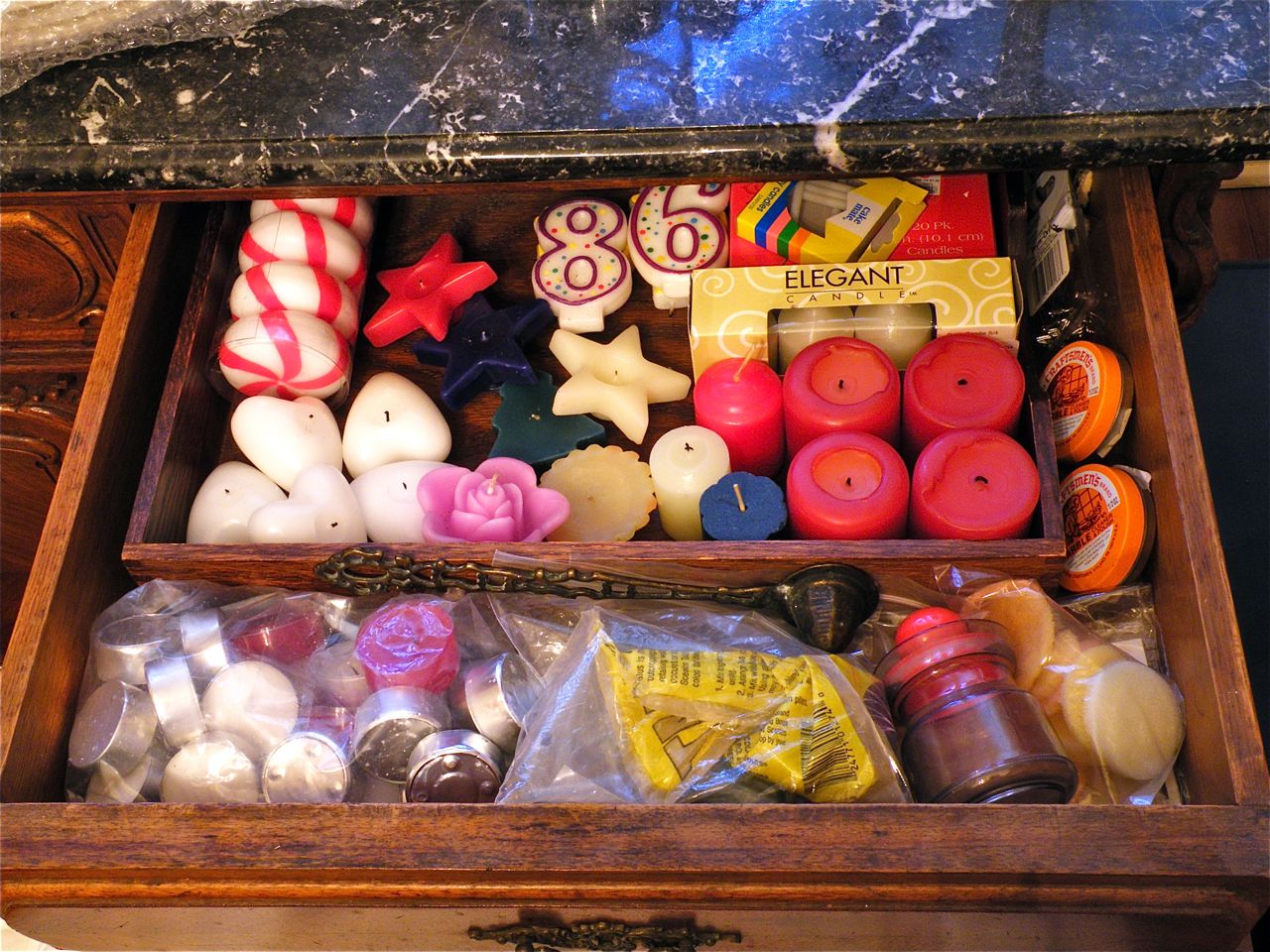
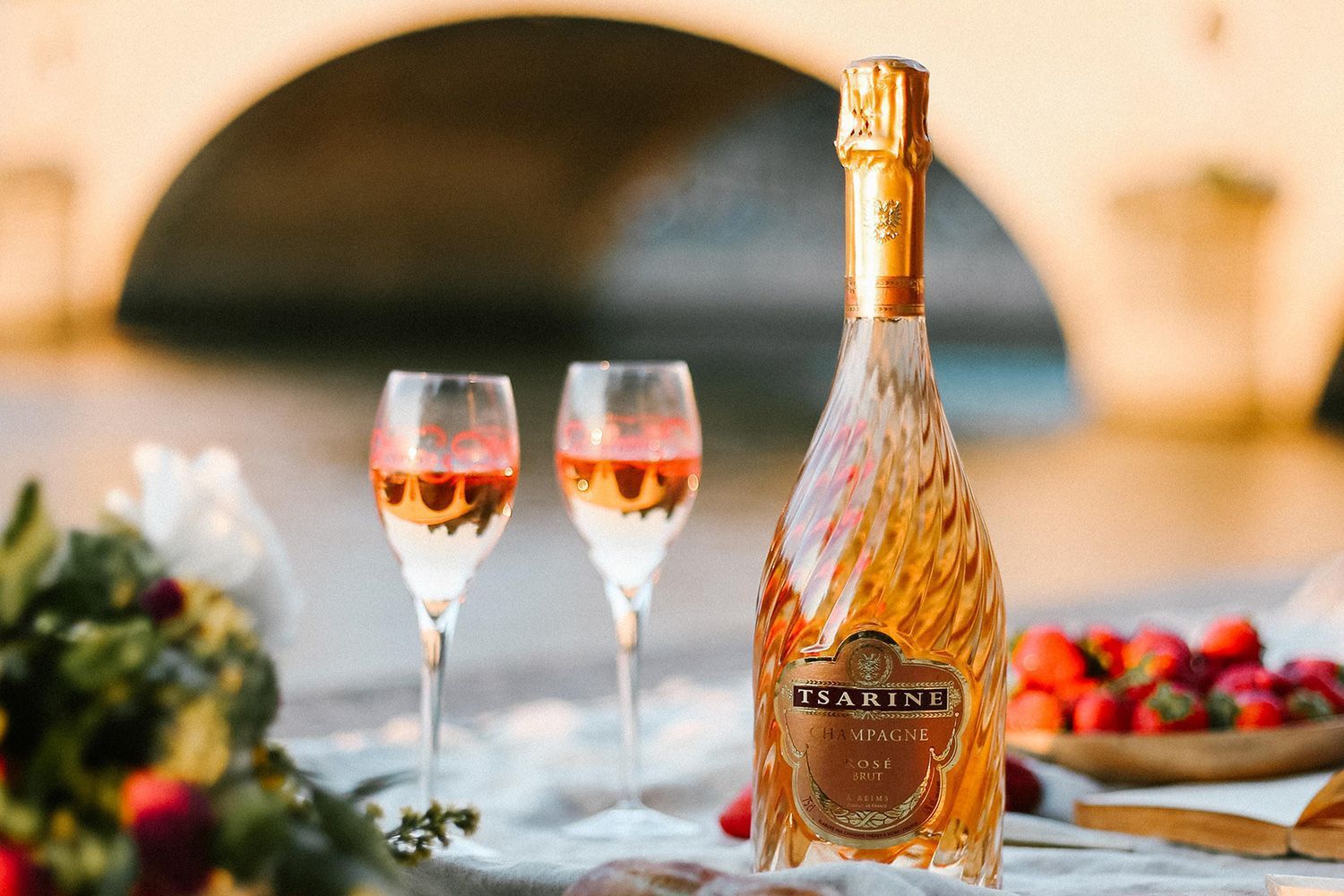
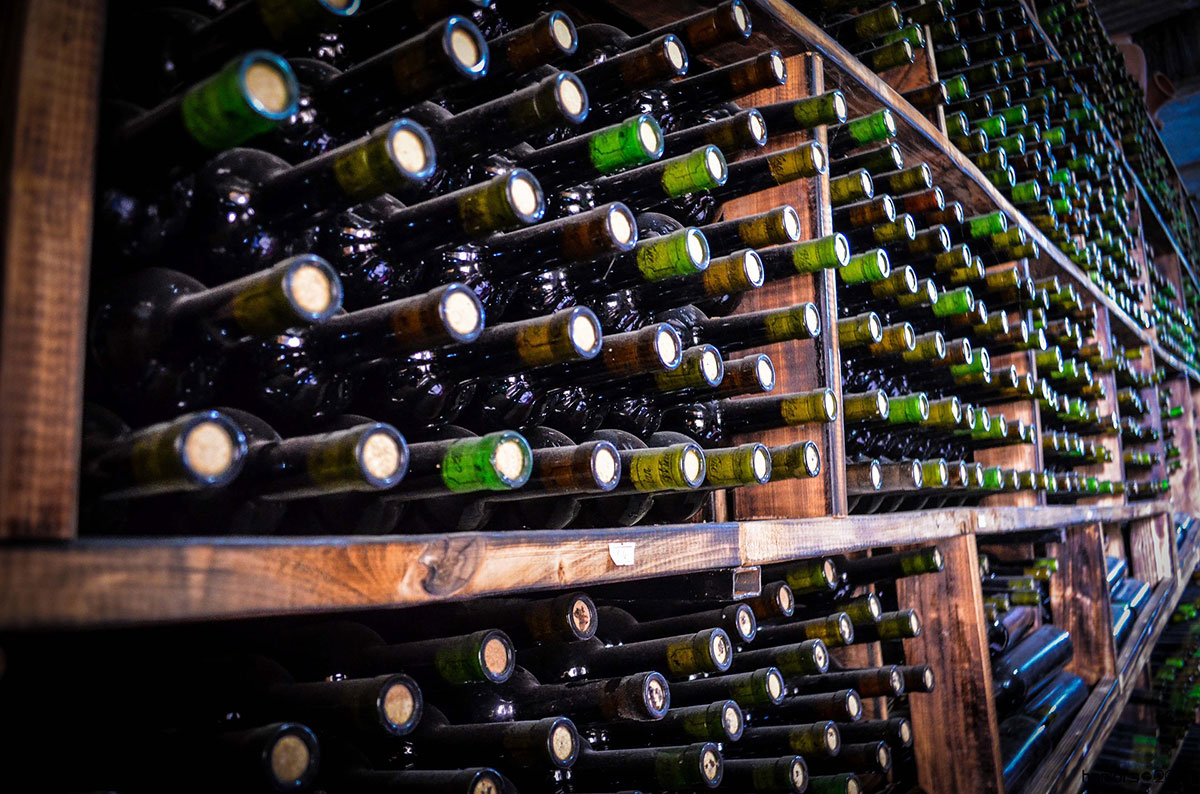
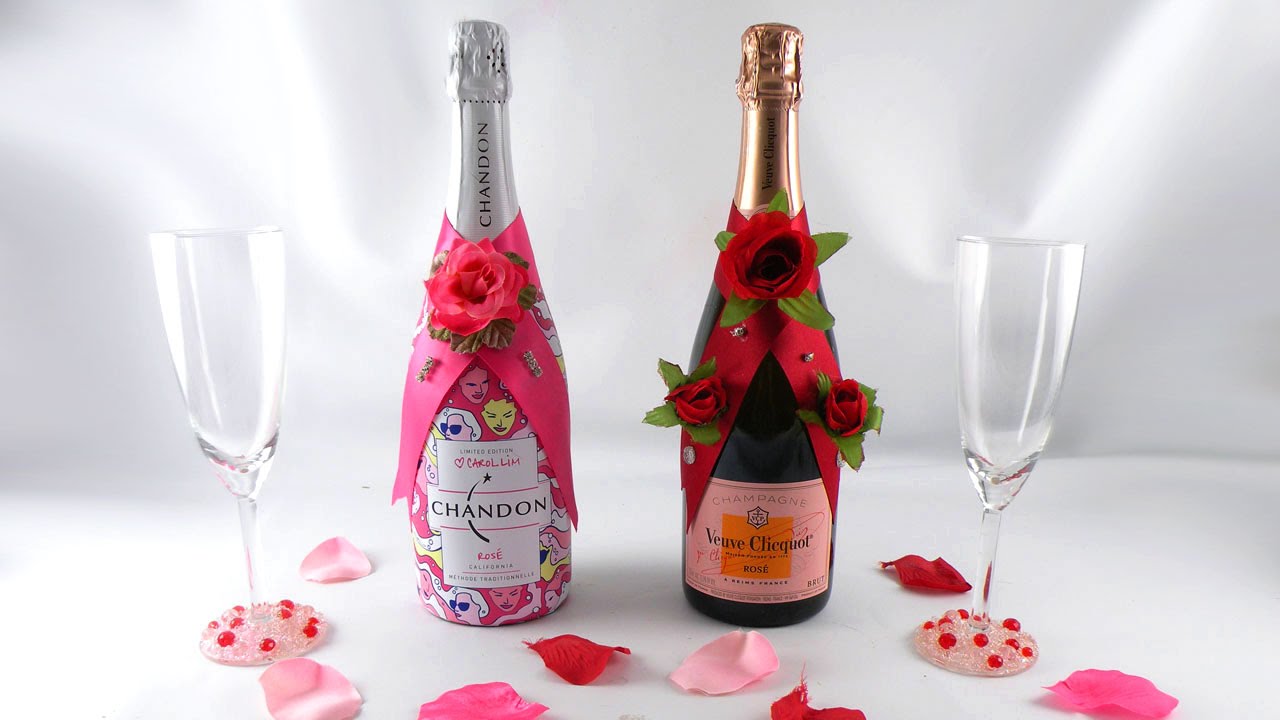

0 thoughts on “How To Store Champagne Properly”